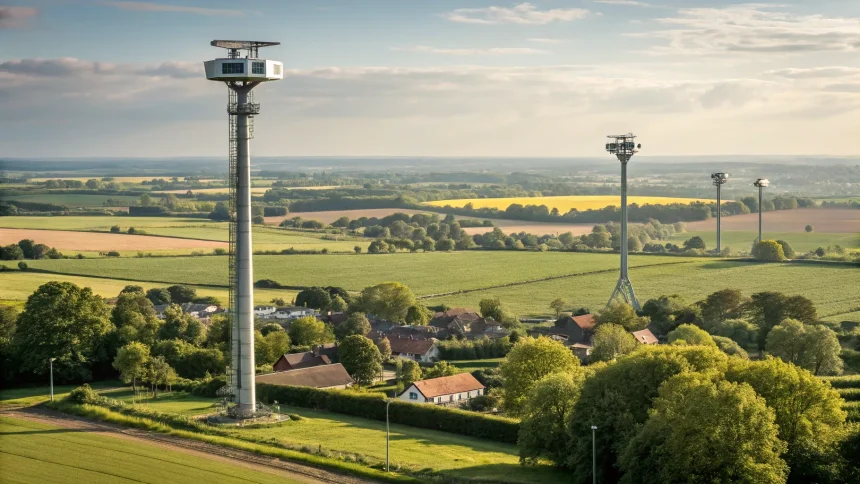New CCTV surveillance towers have been installed in three East Yorkshire villages, marking the first phase of a broader security initiative in the region. The surveillance equipment has been erected in Cottingham, Boynton, and Rawcliffe, with officials confirming that additional installations are planned for other locations in the coming months.
The implementation of these monitoring systems represents a significant development in local security infrastructure, though details regarding the specific timeline for the complete rollout remain undisclosed.
Current Deployment and Future Plans
The initial phase of the CCTV project has focused on three distinct communities. Cottingham, the largest village in the area with a population of approximately 17,000 residents, received one of the first surveillance towers. Smaller communities of Boynton and Rawcliffe have also seen installations completed.
Local authorities have confirmed that this represents only the beginning of the surveillance network expansion, with “more to follow” according to official statements. However, specific details regarding which communities will receive the next installations or the total number of planned towers have not yet been made public.
Security Infrastructure Development
The introduction of CCTV towers in these rural and suburban settings follows similar security measures implemented in urban centers throughout the UK. These systems typically aim to address various community safety concerns including:
- Crime prevention and detection
- Traffic monitoring
- Public space management
- Emergency response coordination
The technology deployed in these new installations likely includes high-definition cameras with potential for features such as night vision, remote monitoring capabilities, and data storage systems. Modern CCTV networks often incorporate advanced analytics that can identify unusual activities or specific incidents requiring attention.
Community Response
While the installation of surveillance equipment often generates mixed reactions from residents, the response to these new CCTV towers has yet to be fully gauged. Similar projects in other communities have sparked debates balancing security benefits against privacy concerns.
“These systems serve multiple purposes beyond just crime prevention,” noted a security analyst familiar with similar deployments. “They can help with everything from locating missing persons to monitoring flood risks in vulnerable areas.”
Local councils typically engage in community consultation before implementing such surveillance measures, though the extent of public input into this particular project remains unclear from available information.
As the expansion continues into additional communities, residents can expect further announcements regarding the scope, capabilities, and oversight mechanisms for this growing network of surveillance infrastructure.
The installation of these towers comes amid broader national conversations about public space monitoring and the appropriate balance between security measures and civil liberties in residential areas. The effectiveness of the system will likely be evaluated once the complete network is operational across all targeted locations.









